Meet Rebecca Dahm | Dreamcrafter: Designer, Photographer, Filmmaker, Engineer
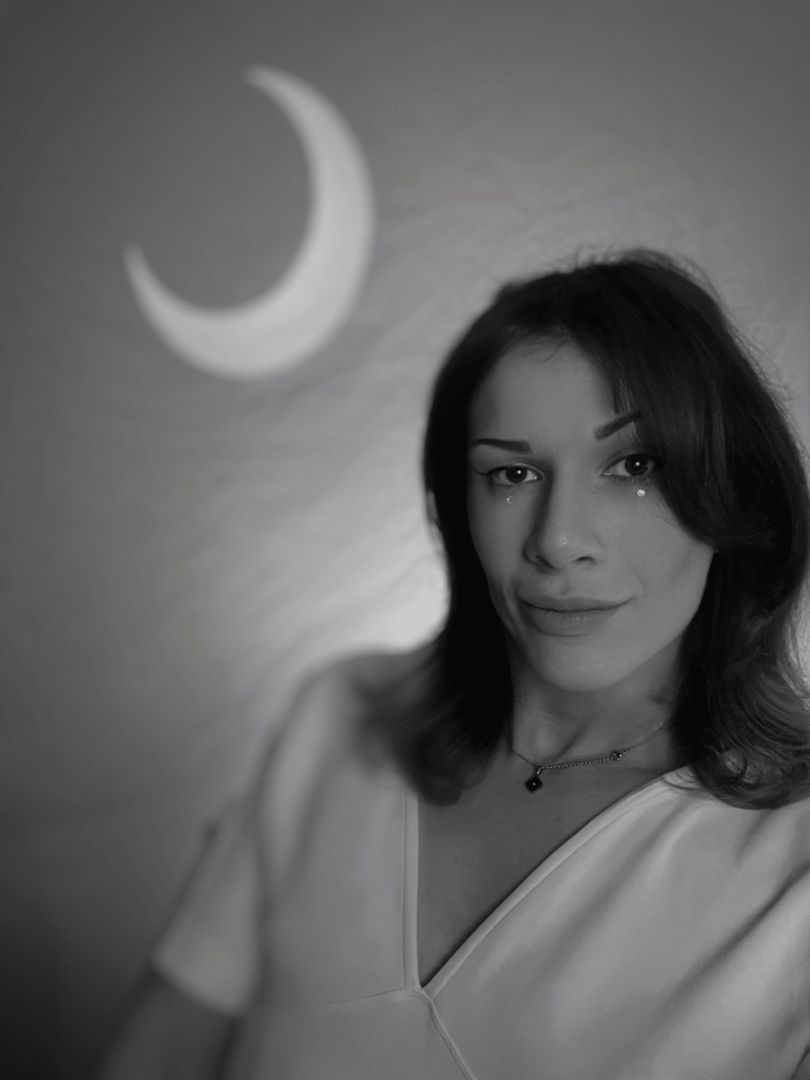

We had the good fortune of connecting with Rebecca Dahm and we’ve shared our conversation below.
Hi Rebecca, why did you pursue a creative career?
I don’t really think I had a choice! My father was an illustrator and design professor, my uncle is a graphic designer, my other uncle is a relatively renowned photographer, and one of my uncles is a jeweler. My sister is a graphic and web designer, and my cousin is a cartoonist. Maybe he prefers “graphic novelist.” To be fair, my mother‘s family is mostly scientists, but my mother herself is a teacher, and her sister is an innovator in the stained glass medium. It’s sort of in the family blood to experiment and create.
My uncle Tarek Al-Ghoussein taught me how to use a camera when I was 13 and heavily influenced how I frame and look at things. And my father, Bob Dahm, having been an illustrator my whole life, ended up having a large impact on my style despite me having four years of formal education in product design and storyboard sketching. I’ve included a drawing of mine and a drawing of his – his is on bottom, and you can clearly tell that we’re related. So I got lucky. I was in a household that prized an understanding of art and the creative process. My parents took me to museums and didn’t mind when I hijacked the family video camera to make claymation films as a tween. And much like my father, I started in college for engineering and ended up with that and two design degrees. Then again, I was shooting and editing videos throughout high school – way before YouTube, but I was lucky that my school had film production courses – and after a design career (because that seemed like a safer bet than video did at the time), here we are back at film and photography (there is no safe bet). So I’d like to say that I made this choice based on what I love, but I question the concept of free will in this case.
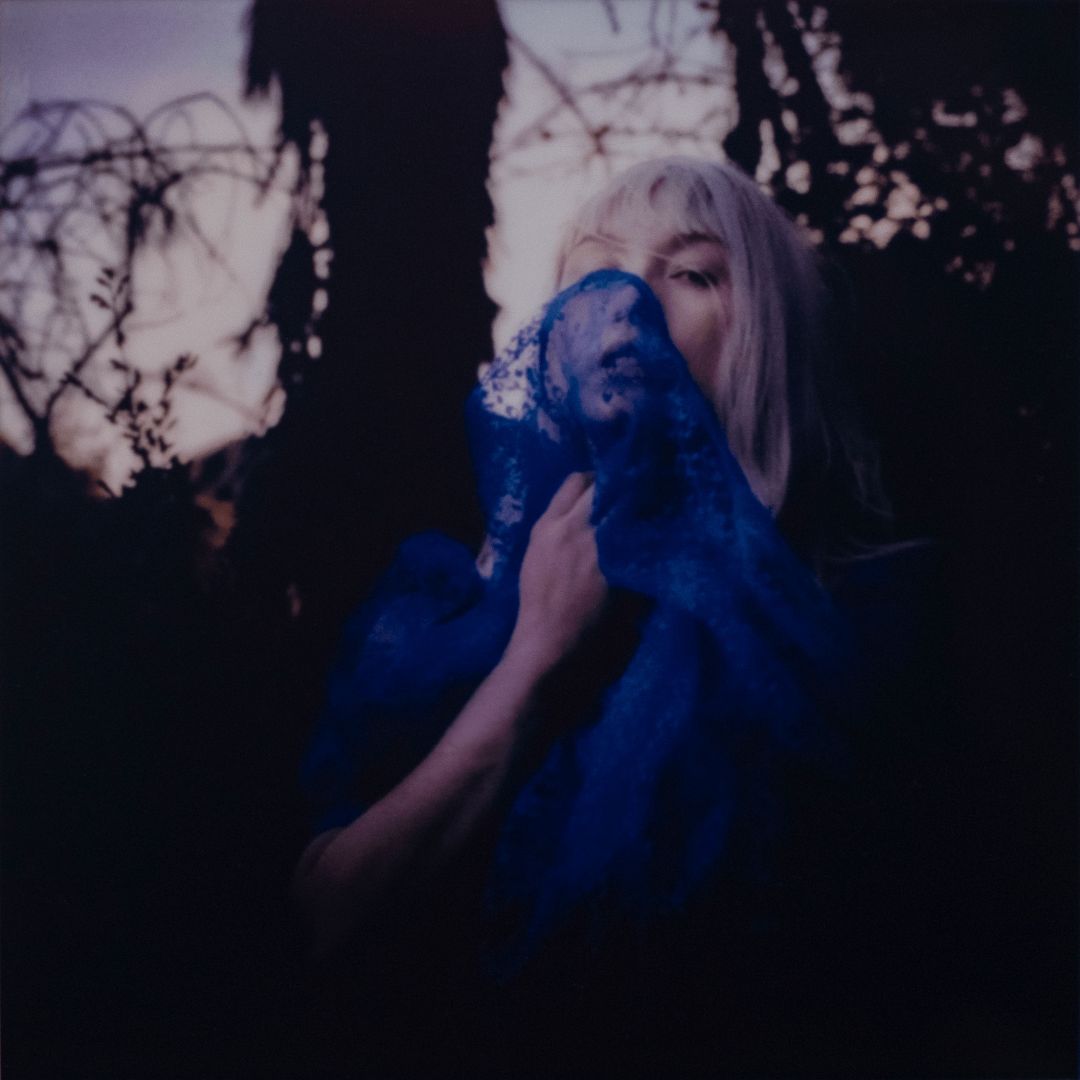
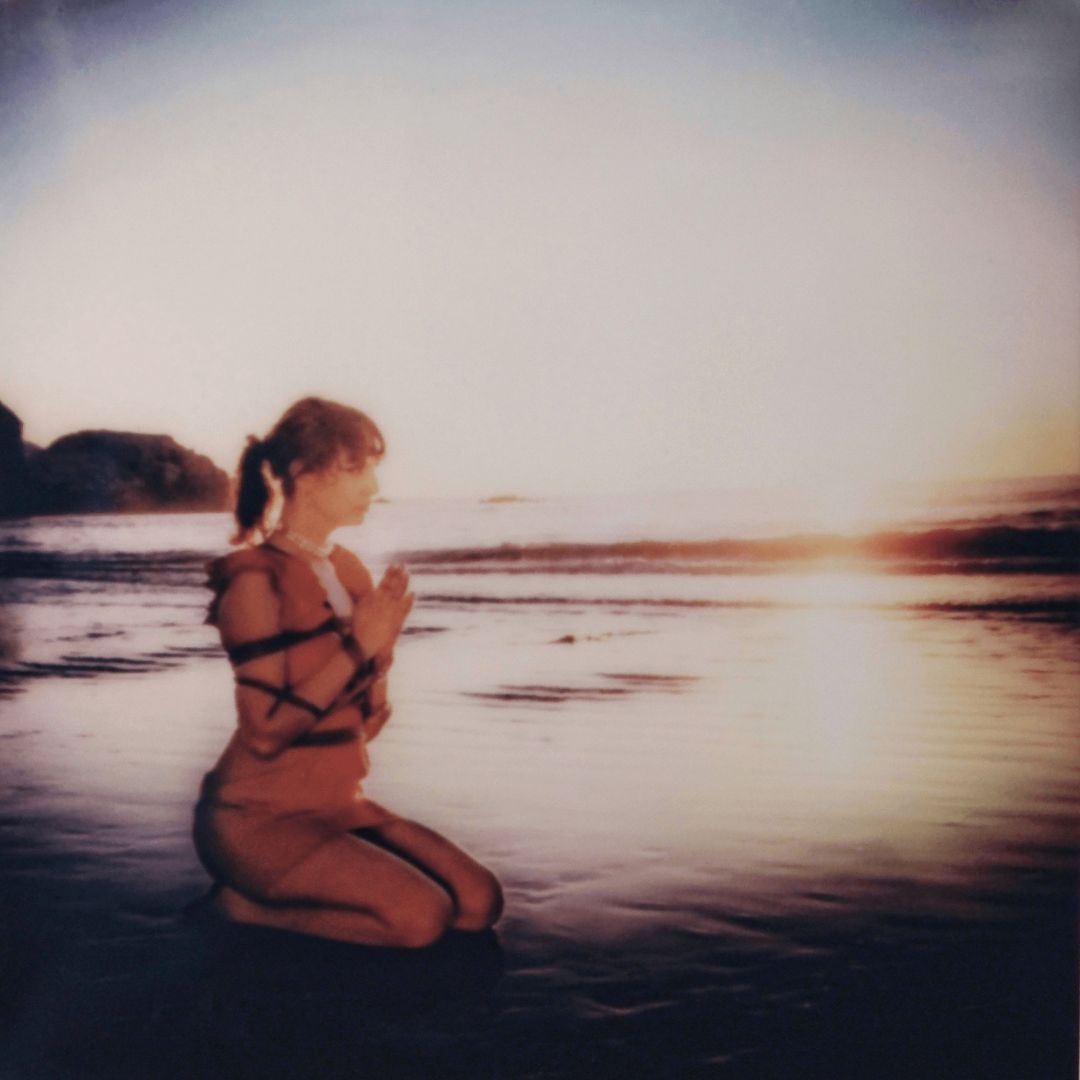
Let’s talk shop? Tell us more about your career, what can you share with our community?
The art that I’ve been making lately has been focused on photography and production design, with a focus recently on horror, thrillers, mystery, and magic. For me it’s not just about telling a story, but also trying to create scenes of intrigue. I never wanted photography to be something that I did for money, and now that I have made money from it, I would still rather keep it that way. That medium allows me to experiment with a lot of aspects of composition and storytelling but it allows me to do it in a relatively inexpensive and efficient way – even if a lot of my photos are high production value, I prefer Polaroids because they keep things moving and prevent hyper-fixation on editing. I have included a few Polaroids from a group show I was recently part of which represent a year of work with a lot of a few amazing models. Unfortunately, working on movies while taking photos that tell a story has only led me to more storyboarding and story writing, and then more photography as a means to an end to create a story. Additionally, when I work on pieces of music, they are mood, emotion, or story driven. I would say this all draws back to design thinking, because as much as people think of objects as just objects and products as just products, a good product designer thinks first about the story that you’re gonna get to experience when you’re using it. So my entire creative life and professional life have really focused around crafting an experience and doing that by guiding someone through either experiencing a set of emotions or experiencing a set of storylines.
What sets me apart usually is the diverse skill set. After all, only one of my design disciplines is experience – alongside concept, transportation, set, production, industrial, product, graphic, instructional, human factors/HCI – hence I prefer just “designer.” The only things I haven’t done yet are cars and architecture. I gained a lot of this from a hands-on education, which included woodworking, machining, studio photography, and narrative photography, alongside core design skills. This versatility, combined with over 15 years of experience working in toys, clothing, transportation, sets, and more, allows me to bring a unique perspective to each project. Whether it’s designing animatronics for theme parks around the world, working on films, or creating art for arts sake, my background in design informs every aspect of my work.
I am very lucky to have had a lot of amazing moments and opportunities in my life, but my proudest achievement so far is working on Anna & Elsa’s Frozen Journey, opening soon at DisneySea in Tokyo. I saw a preview review the other day that calls it “one of Disney’s best rides ever,” and I am inclined to agree. Being part of a team that pushed the boundaries of Audio-Animatronics, particularly in designing Elsa, was incredibly fulfilling. My role was to work with the mechanical engineers to create a silicone skin that moved as realistically as possible (alongside any visible body parts) which meant heavy involvement with Pixar animators and Imagineering’s R&D department, and a hefty set of design, engineering, 3D, and materials skills. I wanted to provide a visual reference for the new Elsa but I think a video ride through is the bare minimum if you can’t make it to Tokyo. This project exemplifies the innovation and art / technology blend that I strive for in a lot of places in my work. I did a ton of work at Disney, and have worked on things in most of the parks, but this would be what I am the most proud of, and I guess that could be considered part of a career success, but to me, that’s art. Making a robot that looks like a living animation is art.
But that was a few years ago for me and I don’t tend to rest on my laurels. I am excited because the feature that I did production design on last year – and got to design a whole board game for – Stupid Games, is getting a great reception, and I have another board game in the works because it’s a fun exercise. Additionally, I was just in a group photo exhibit, and between that photo series and some very good feedback on a series of short stories that I have written, it looks like I have gotten the first drops in a bucket of funding to start telling these stories on film. Wild. On top of that I’m building a small camera rental shop to focus on bringing in more income for creative endeavors. So, there’s a lot to look forward to.
Getting to where I am today hasn’t been easy. It required a lot of conviction and a willingness to take on any design work available to build a strong portfolio, especially when straight out of design school when my classmates were having a hard time figuring out what jobs to commit to, or turning down freelance work because they were unsure of how that would pan out (this was before the gig economy was the de facto model of employment for millennials). Early in my career, I took on diverse projects from skateboards to lingerie and special effects prosthetics, which helped me develop a broad skill set and impressive resume – which while very marketable, still confuses people. This openness to various opportunities, even if they didn’t align perfectly with my initial goals, has led to incredible experiences and growth. There is something to be said about the fact that being intrinsically creative makes it feel like success no matter what kind of project you’re working on.
I’ve also learned that employers and teammates notice when you’re willing to go beyond your defined role and contribute wherever needed. Not a way where you spread yourself thin, or break rules, but in a way where you maximize everyone’s abilities. This adaptability has been crucial in my career, helping me build strong relationships and gain trust within various industries. Whatever I’m working on, being able to pivot and apply my skills in different contexts has been invaluable, and being able to speak up is a crucial skill that took a long time to build.
And I guess that’s the lesson – I think anyone who gets too caught up in what their job title is, or what their job role is, or why they came to work that day – or even too caught up in the role or title they want – eventually ends up being some sort of a roadblock to not just cooperation in a team, but also the success of any given project, of any size. Structure is good, keeping your eyes on what it is you want to or should be doing is good, but also having a flexibility in your attitude, might make or break a project. And this extends to career choice – it’s important to maintain a clear vision of your goals, but if somebody is going to pay you to do something adjacent to what you want, then do it. As creative it’s hard enough to get paid, so being flexible in your role or the lane that you work in means you’ll make it through those hard spots a little better. Also a loose and short piece of advice to any creative is to spend the time to build something that sustains you that is not necessarily creative output. Renting my cameras to offset the time and money I spend using them is turning into a business of its own. If it buys me more time to be creative, I’m happy.
Ultimately, my work aims to evoke deep emotions and provoke thought, ensuring a rich, engaging experience for my audience. While the things you feel at a theme park may be very different from while you watch a horror movie, and may be very different still from how it feels to wear a comfortable pair of tennis shoes, my focus remains the same. Regardless of medium, be it photography, film, writing, music, or industrial design—I strive to create art that resonates on a profound level, inviting people to feel deeply. My personal brand, I suppose, is just that. I think that’s why I call it Dreamcraft. I want my audience to feel something curated, be it extreme comfort or joy or even suspense. Each project is an opportunity to explore new stories and emotions, and through this my goal is to create a lasting impact, making people think, feel, and connect with the art on a deeper level. By continually pushing the boundaries of my creative abilities, I hope to contribute meaningful and memorable works to the world, hopefully creating some innovation and good memories that outlive me.
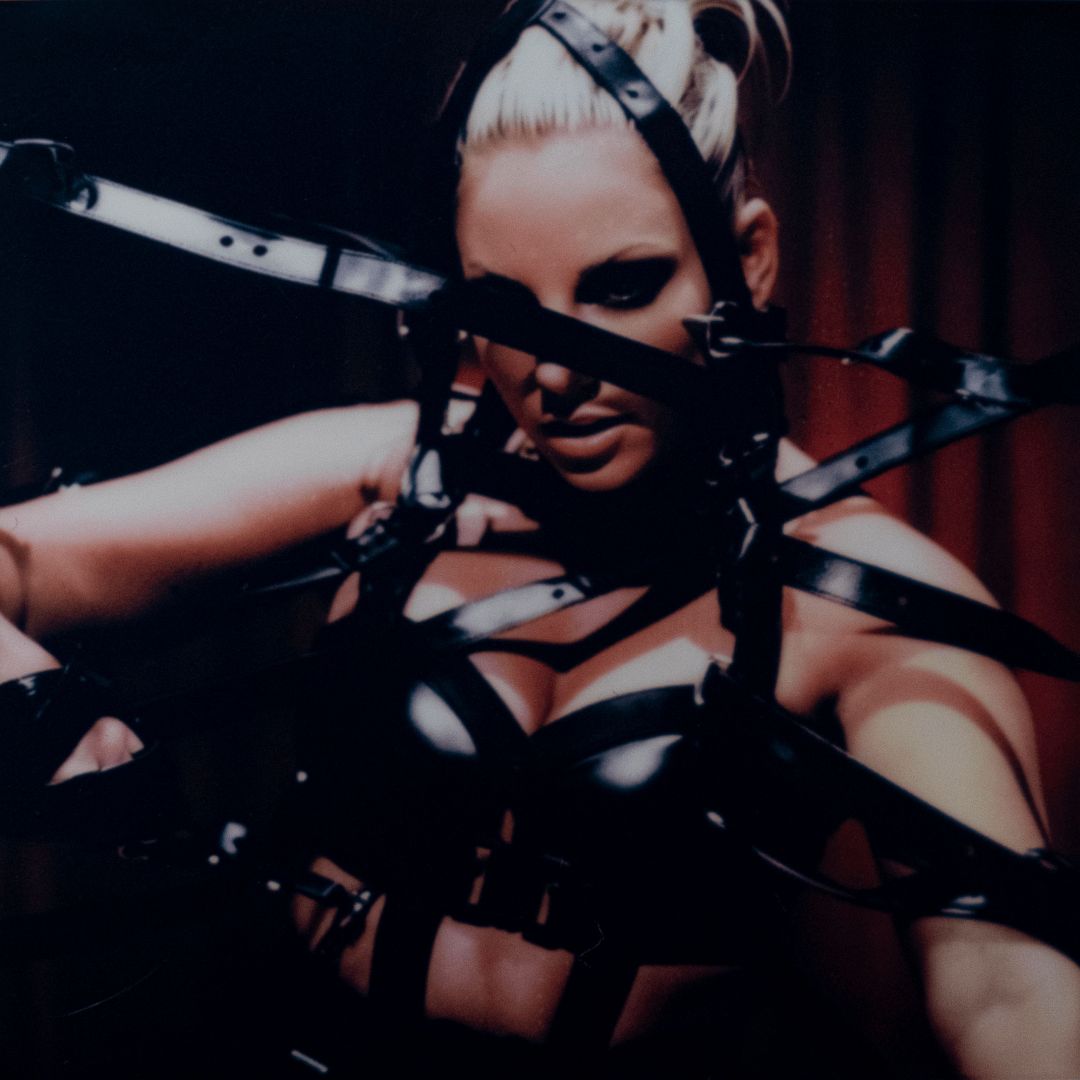
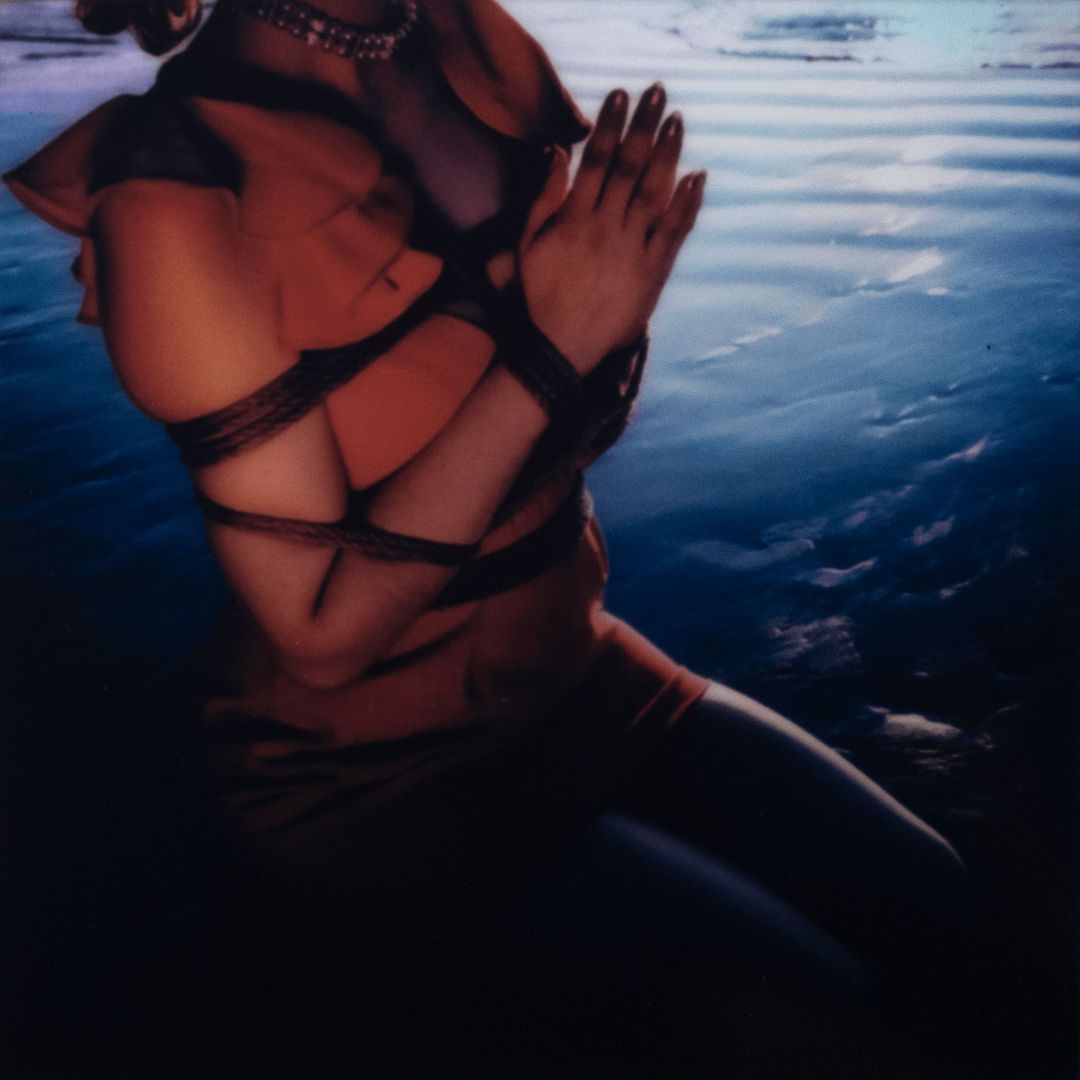
Any places to eat or things to do that you can share with our readers? If they have a friend visiting town, what are some spots they could take them to?
If someone is visiting LA for a week, the itinerary would really depend on their interests. For family or art enthusiasts, I’d definitely recommend visiting the Getty and the Norton Simon Museum (ok ok that’s Pasadena). These institutions offer incredible collections and really beautiful spaces. It’s also essential for visitors to experience our outdoor areas. Yes, LA has relatively few, but Elysian Park, Griffith Park, and the Hollywood Forever Cemetery are exceptional and provide unique experiences. The beaches in Malibu are a must-see.
For those who enjoy the quirkier side of things, a visit to some of the local tiki bars like Tiki Ti and an accompanying trip to Soap Plant / Wacko and La Luz De Jesus Gallery would be a great fit, though honestly Wacko is a must for everyone. And for anyone who loves oddities, the Museum of Jurassic Technology is a great afternoon.
When it comes to food, LA has too much to comment on, really, but some of my favorites include Hollywood Hoy-Ka and Fat Sal’s. Or get fancy and go to Providence. And, of course, no visit to LA is complete without a trip to In-N-Out.
However, what truly defines LA for me are the events. Take your guests to the symphony, live magic shows, stand-up comedy, or an art show. LA is a revolving door of interesting experiences beyond just bars and restaurants. It’s this constant influx of exciting events and temporary spaces that make the city so vibrant.
If someone is visiting soon, I’d highly recommend the Basquiat Exhibit at Gagosian. Also, finding a place to listen to live jazz is a must—this city has one of the best jazz scenes around.
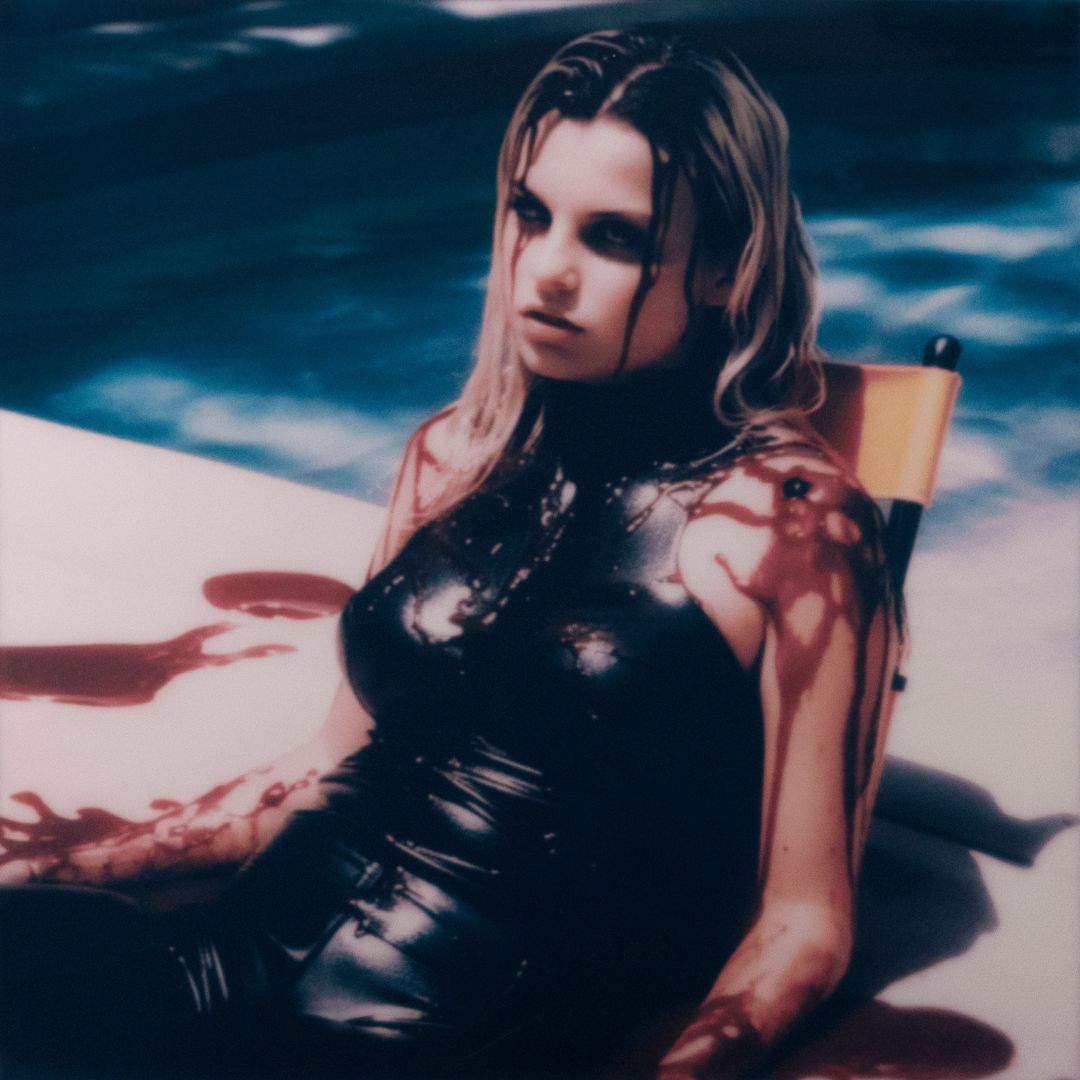
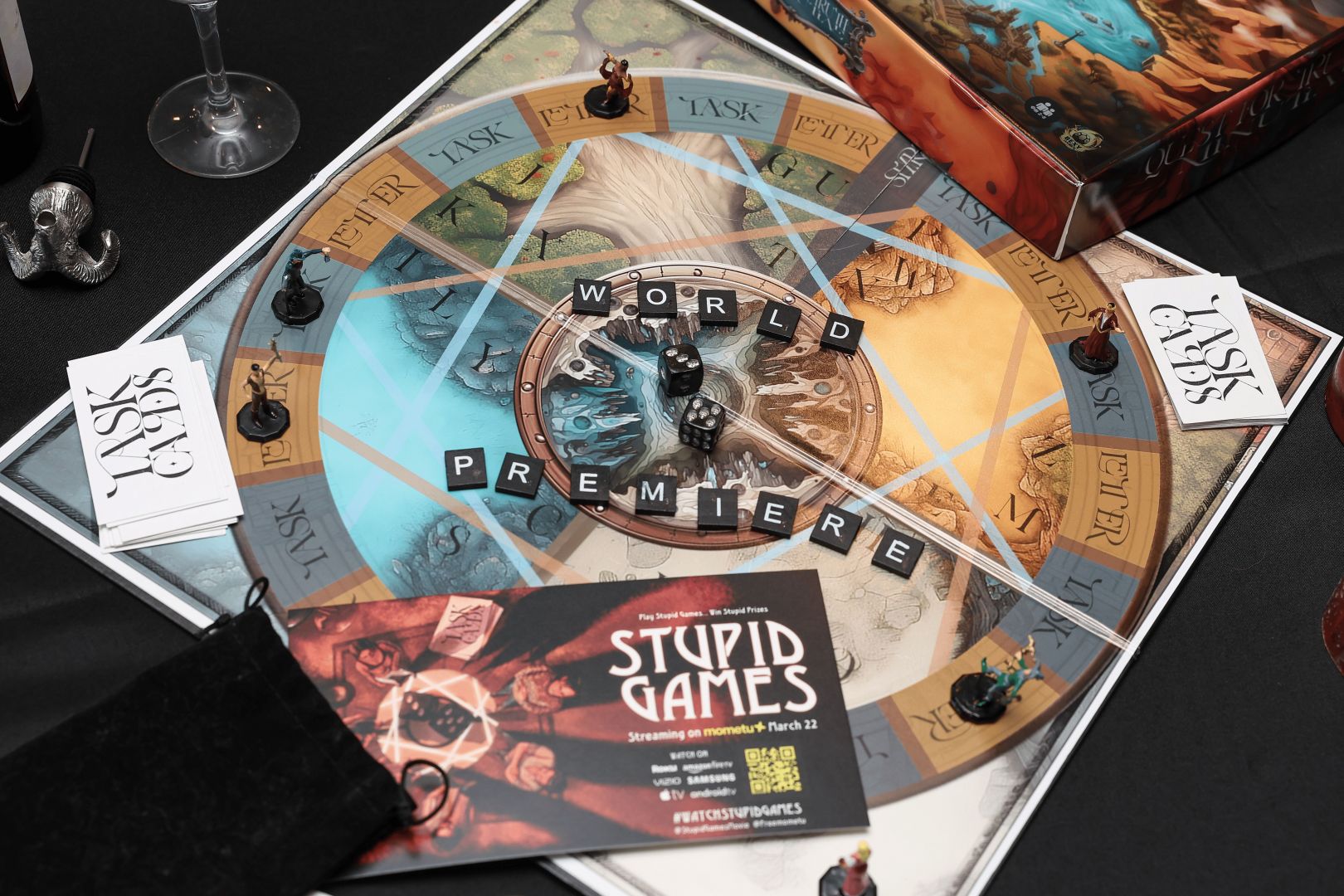
Shoutout is all about shouting out others who you feel deserve additional recognition and exposure. Who would you like to shoutout?
First off, I have a ton of love and thanks to both of my parents, as well as my aforementioned and unmentioned family members. My father, Bob, and my uncle Tarek are no longer with us, and I hold their memory very close to my heart. I have to thank my bestie, Tanner Adams, for knowing me as long as he has. I’d like to thank my partners, A and G, for keeping me sane, grounded, and full of love. I would also like to give a big shoutout to Leah Moth for all her guidance and help, and for letting me work on her visions. Thanks to my friend Sierra for putting me in their group show, Feast. Lastly, a big congrats to Vita Kari on their MFA show – Vita is the only person to own an original one of my art Polaroids.
Additionally, I would like to thank everyone I worked with on Stupid Games, everyone at Disney Imagineering, also Deb and Rick Lazzarini, Russ Herpich, Mitchell Clark, and Lee Romaire and the staff at his studio. I am lucky to have worked with and learned from some of the best practical effects, animatronics, and robotics engineers in the world. I have to say that every single professional who was an instructor to me in my college career was very impactful, which includes a wild range of designers, fabricators and more special effects folks. A forever thank you to Rus Owen who gave me my first job out of college and is one of the few people to use more than 90% of my skillset at a job. Thanks to Glasser for music that spans time, and for being a supportive voice. And lastly, I’d really like to think the creators of the book Lean Filmmaking, it’s been a transformative process, and I am thankful for something like it especially given today’s climate.
Website: https://www.dahmdesign.com
Instagram: https://www.instagram.com/_barreldistortion/
Linkedin: https://www.linkedin.com/in/rdahm32303
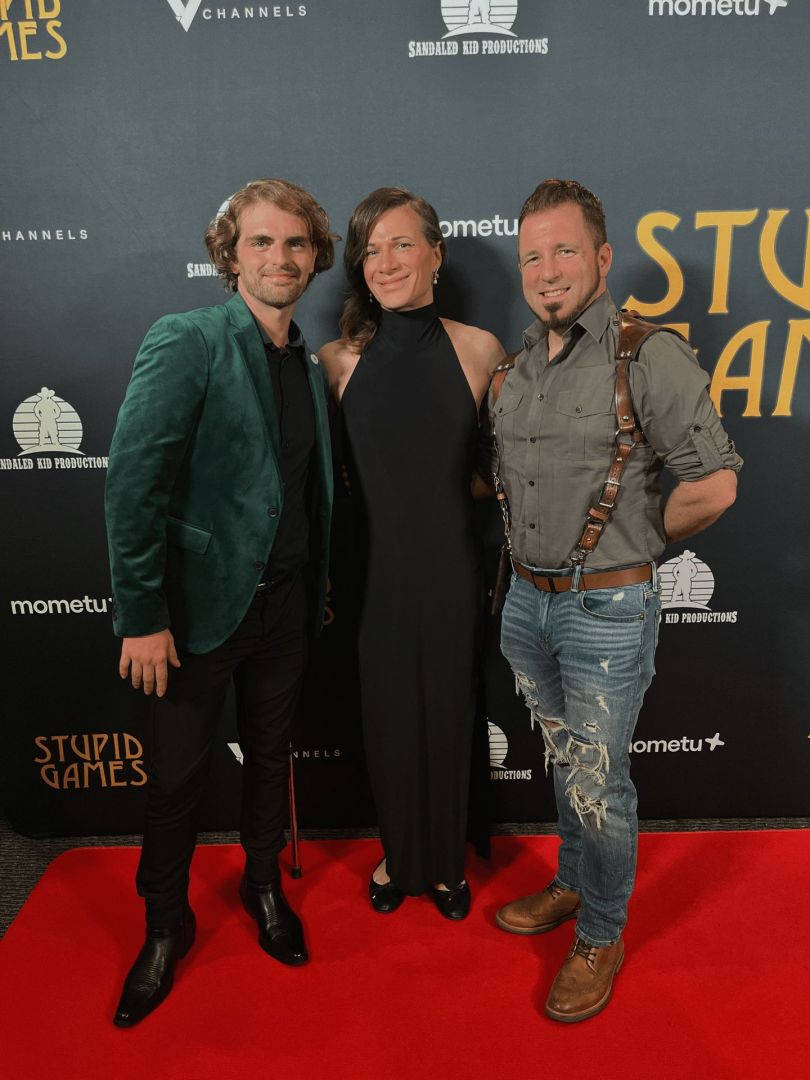
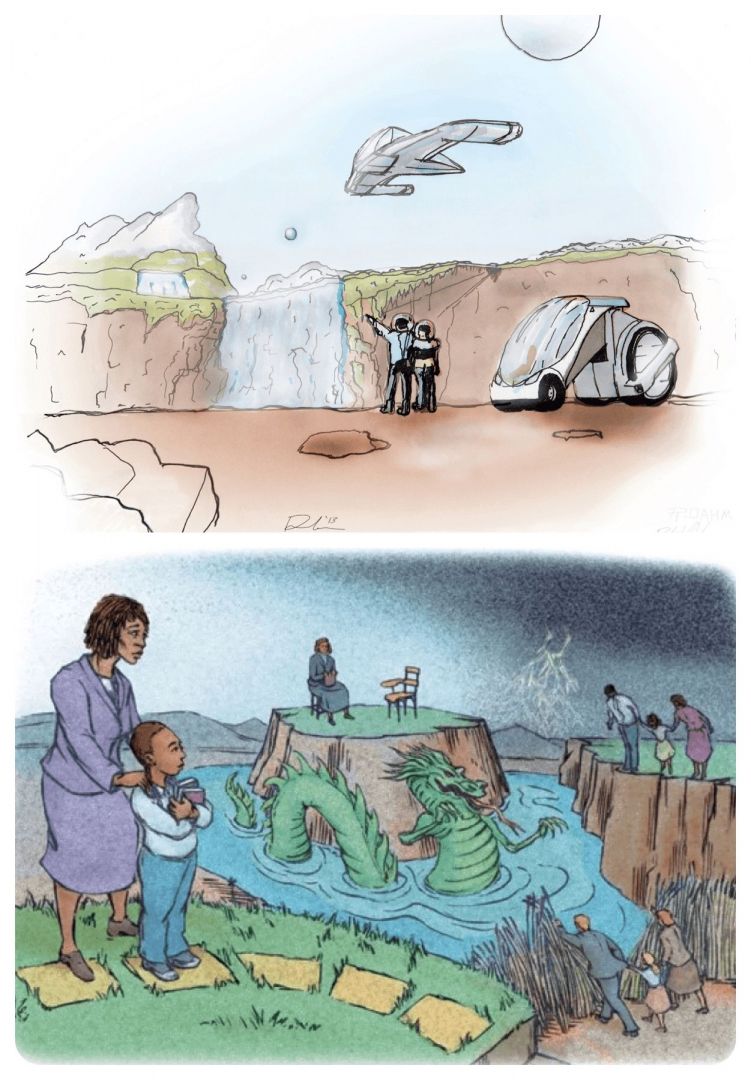
Image Credits
Rebecca Dahm, The Estate of Bob Dahm, John Salangsang
